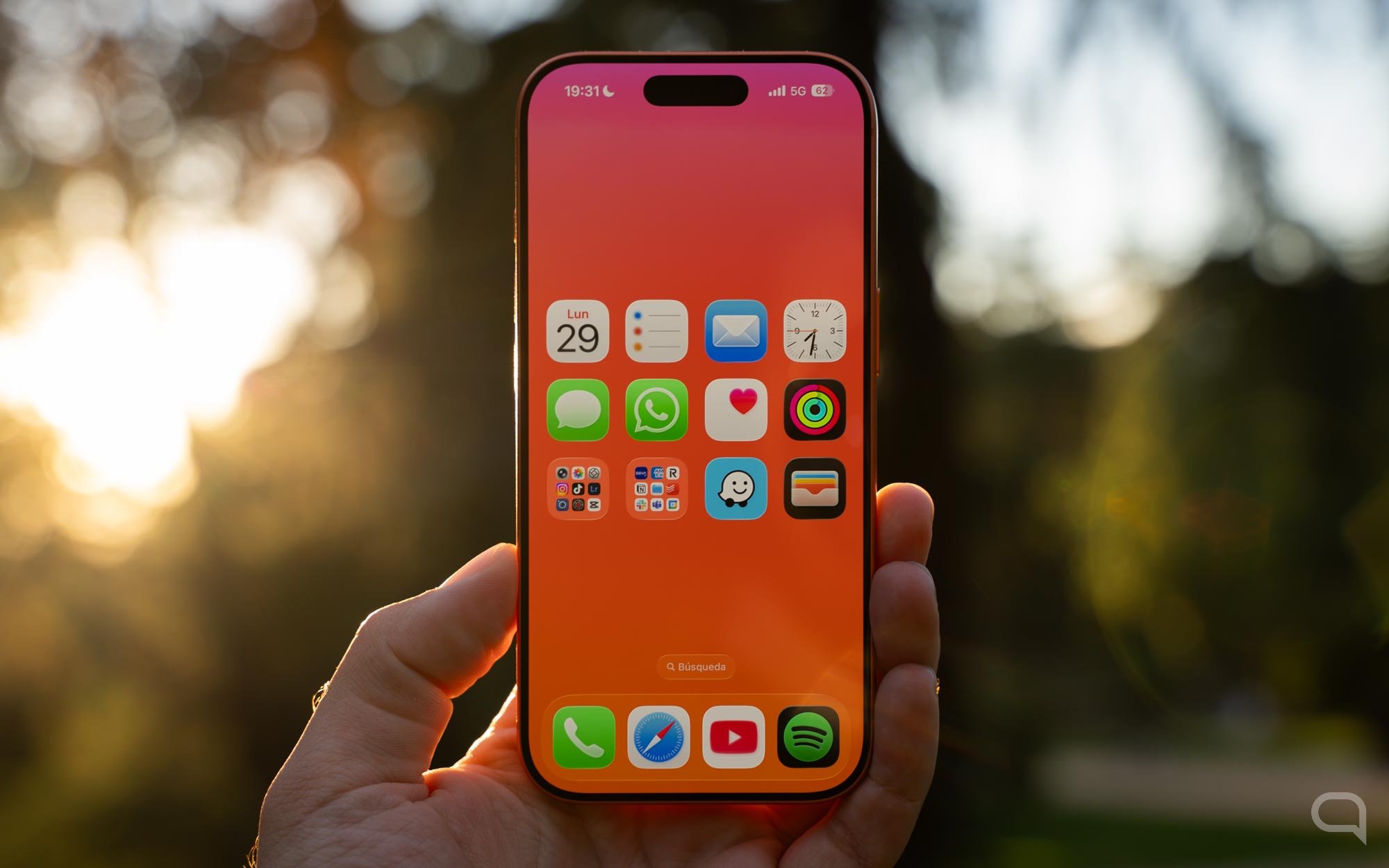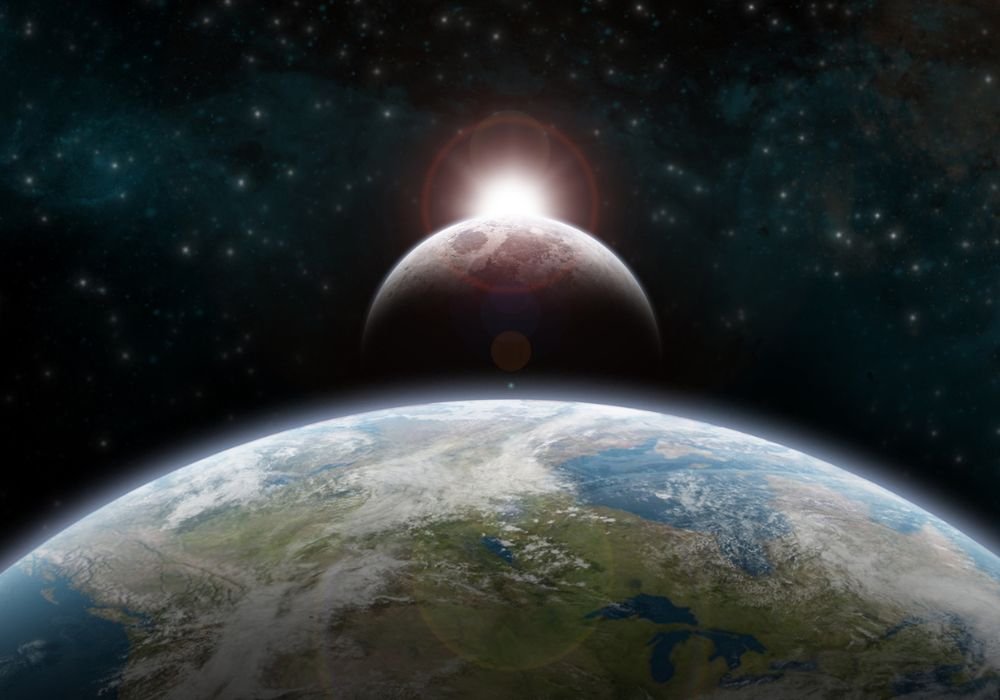astronomical event known as The Saros cycle was observed thousands of years ago by Babylonian astronomers – The discovery is said to have occurred before the birth of Jesus Christ. This is a complex phenomenon that explains a little more about the periodicity of solar and lunar eclipses, which repeat themselves in a repeating cycle that emerged when ancient people observed the sky.
The cycle includes: The movement of the Earth, Moon and Sun relative to each other and the fact that solar and lunar eclipses have similar positions and characteristics whenever they occur.Q. There are even some minor changes, but in general it is possible to examine the next cycle based on information from the previous cycle.
“Any two eclipses separated by the Saros cycle have very similar geometries. They occur at the same node as the Moon, at nearly the same distance from the Earth, and at the same time of year. Since the Saros period is not equal to a full number of days, its biggest disadvantage is that subsequent eclipses may be visible in different parts of the world ” said.
To explain a little more about What is the Saros Cycle and how does it predict eclipses?We collected information from experts and scientists in the field. Check out!
Saros cycle and eclipses
NASA explains in an official publication: The Saros Cycle is a period of approximately 6,585.3 days or 18 years, 11 days and 8 hours (223 synodic months). – the synodic month is the period from one new moon to the next, or approximately 29.5 days. Eclipses separated by this period generally have very similar geometries, but there may still be some minor differences.
The Saros Cycle occurs when the Earth, Sun, and Moon move relative to each other and return to nearly the same positions, thus repeating solar and lunar eclipses. For example, if it is observed today, a similar eclipse will occur approximately 6,585.3 days from now.
Three similarities between eclipses in the Saros Cycle
- Eclipses occur at about the same distance from Earth;
- They also occur at the same time of year;
- They often appear with the same features at the same node in the Moon’s orbit.
Eclipses following the Saros Cycle can be seen in different parts of the world because the period does not occur in exactly equal periods of days. Moreover, since the three lunar months are not exactly proportional to each other, it does not last indefinitely.
Despite their differences, astronomers can use the Saros Cycle to predict the location of eclipses with reasonable accuracy. In other words, if a solar eclipse is observed in a certain region of the planet, it is possible that the next one will be in a similar geographical location to the previous one.
The first part of the map above shows the total solar eclipse that occurred near Europe on August 11, 1999; The bottom of the map shows an eclipse that occurred in North America on August 21, 2017. In other words, approximately 6585 days after the incident in 1999, an almost identical incident occurred.
There are some noticeable differences in the image in both cases; First, 2017 solar eclipse shifted to one-third of its original path; The second difference is that the incident occurred much further south than the 1999 incident.
“Since the relative positions of the objects change slightly after each saroz, an eclipse cycle ends after a series of sarozes. The Saros series lasts 1,226 to 1,550 years and consists of 69 to 87 eclipses. When one series ends, another is born. A page in the encyclopedia Britannica describes an average of 42 series running in parallel at any given time.
It is important to emphasize that this period was used much more by ancient astronomers, as there were no technological tools available to assist them at the time. There are no details about the astronomer who made the discovery or the exact date of the first observation of the loop. Herein lies the question: How were the Babylonians able to detect astronomical phenomena without using any modern technology?
Did you like the content? Stay up to date with more astronomical curiosities like this on TecMundo and take the opportunity to learn how to safely photograph the ‘ring of fire’ created by a solar eclipse.
Source: Tec Mundo
I’m Blaine Morgan, an experienced journalist and writer with over 8 years of experience in the tech industry. My expertise lies in writing about technology news and trends, covering everything from cutting-edge gadgets to emerging software developments. I’ve written for several leading publications including Gadget Onus where I am an author.













